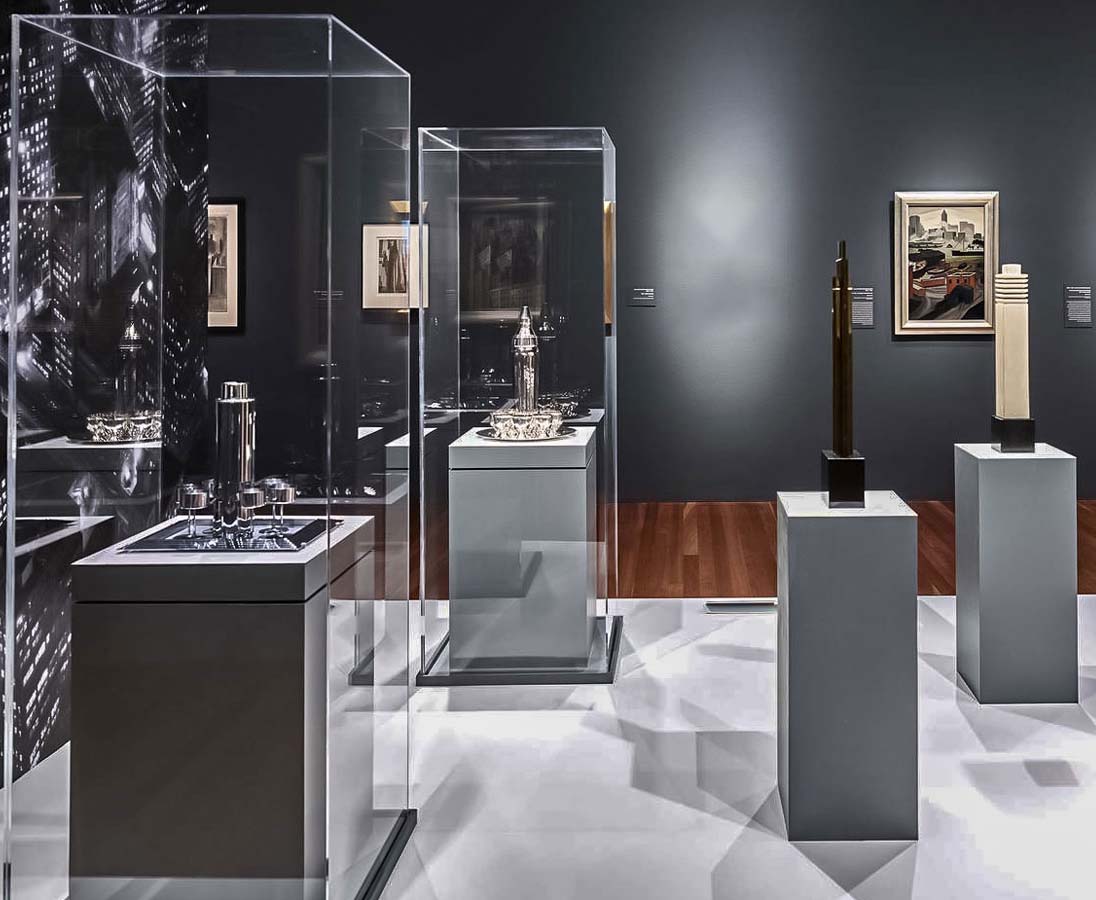In the realm of museum curation, the presentation and preservation of artifacts are paramount. Among the various materials utilized for display purposes, acrylic has emerged as a favored choice due to its unique properties that blend aesthetics with functionality. Acrylic display items serve not only to showcase art and historical pieces but also to protect them from environmental threats, handling damage, and UV exposure. This article explores the multifaceted protective functions of acrylic display items in museums.

- Physical Protection
One of the most significant roles of acrylic display cases is to provide physical protection for valuable artifacts. Museums house a plethora of items, ranging from delicate textiles to fragile ceramics, which are susceptible to damage from accidental contact or environmental factors. Acrylic, being lightweight yet sturdy, offers an effective barrier against dust, dirt, and contaminants while allowing viewers to appreciate the pieces from all angles.
Unlike glass, acrylic is less likely to shatter upon impact, making it a safer option for protecting artifacts. This characteristic is especially important in museums that welcome large crowds. In the event of an accidental bump or knock, acrylic display cases can absorb the impact without compromising the integrity of the items inside. This durability ensures that exhibits remain intact and unblemished, preserving their historical and cultural significance.
- UV Protection
Ultraviolet (UV) light poses a significant threat to many museum artifacts, causing colors to fade and materials to deteriorate over time. Acrylic display items can be manufactured with UV-blocking properties, offering a crucial layer of protection against harmful light exposure. By filtering out damaging wavelengths, these acrylic cases help to maintain the vibrancy and longevity of displayed items, extending their lifespan and ensuring that future generations can enjoy them.
Many museums are now adopting LED lighting, which emits less UV radiation compared to traditional incandescent bulbs. However, even with improved lighting, the importance of UV protection remains paramount. The integration of acrylic cases allows curators to showcase artifacts safely under various lighting conditions while minimizing the risk of damage.
- Environmental Control
Acrylic display cases can contribute to a more controlled microenvironment for the artifacts they enclose. Temperature and humidity fluctuations can be detrimental to sensitive materials like wood, textiles, and paper. By using acrylic cases, museums can create a more stable environment that mitigates these fluctuations.
For example, custom acrylic cases can be designed with sealing mechanisms that help regulate internal temperature and humidity levels. This feature is particularly beneficial for artifacts that require specific conditions to prevent deterioration. By maintaining a controlled environment, museums can significantly reduce the risk of damage from mold, pests, and other environmental factors.
- Enhanced Visibility
While the protective functions of acrylic are critical, they also enhance the overall visitor experience. Clear acrylic allows for unobstructed viewing, which is essential for engaging audiences and facilitating a deeper understanding of the exhibits. The optical clarity of acrylic ensures that colors and details are vividly displayed, making the artifacts more appealing to visitors.
Moreover, the design flexibility of acrylic allows for creative and innovative display solutions. Curators can create unique arrangements that highlight the significance of the artifacts while ensuring their protection. This combination of visibility and protection fosters an immersive experience for museum-goers, encouraging them to connect with the items on display.
- Cost-Effectiveness
In addition to their protective qualities, acrylic display items are often more cost-effective compared to glass alternatives. Acrylic is generally less expensive to produce and transport, which can be advantageous for museums operating on tight budgets. Furthermore, the lightweight nature of acrylic reduces shipping and handling costs, making it easier for museums to acquire and maintain their displays.
The longevity of acrylic also contributes to its cost-effectiveness. While it may require periodic cleaning to maintain its clarity, acrylic does not chip or shatter like glass, reducing the need for frequent replacements. This durability translates to lower long-term costs for museums, allowing them to allocate funds to other essential areas of their operations.
Conclusion
Acrylic display items play a vital role in the protection and presentation of artifacts within museums. Their physical durability, UV protection, ability to regulate environmental conditions, and enhanced visibility make them an ideal choice for curators seeking to balance aesthetics with preservation. As museums continue to evolve in their approach to displaying artifacts, the importance of acrylic in safeguarding our cultural heritage cannot be overstated. Through these innovative solutions, museums can ensure that treasures from the past remain accessible and protected for future generations.
